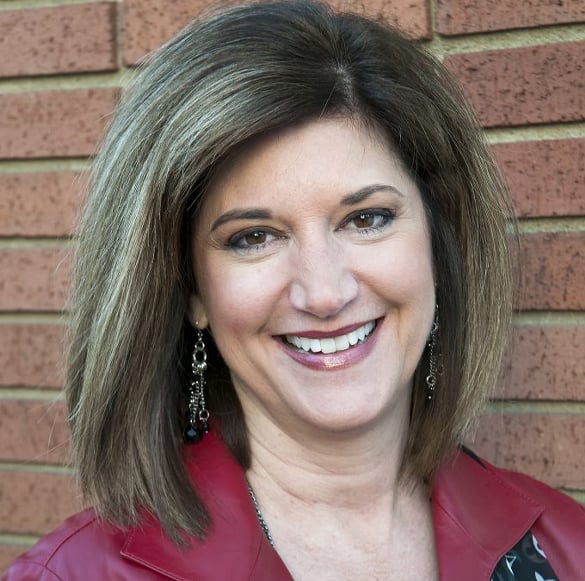
The Family Law Group Co., LPA
We are excited to continue to Help Families Through Transitions under our new name – The Family Law Group Co., LPA, formerly known as Zoller|Biacsi., Co. LPA.
At The Family Law Group, we provide guidance and support to our clients. We partner with our clients and provide the legal education needed for them to make informed decisions as to their specific and unique family circumstances. We aim to promote amicable resolutions through collaborative and mediation processes, while also possessing the skills and experience to litigate cases assertively and professionally.

